Somatic Freedom With the Pandiculation Technique – Martha Peterson, CCSE
$89.00
You’ll explore seated, standing, and balancing movements you can do every day to feel confident in your movement and body…
Module 1: Reverse Sensory Motor Amnesia & Actualize Your True Potential & Personal Agency Using Somatic Movements
Life is a complex combination of stresses — “good” stresses, like running, moving, or creating, and “bad” stresses, like grief, loss, worry, or failure.
Martha says that it’s not the number of years we’ve lived that determines how we can move and feel as we age, but how we’ve habituated to these stresses.
When we feel out of balance, stuck, or defeated by life’s challenges — both physical and emotional — we tend to react in predictable, reflexive ways.
You’ll experience what these reflexes are and how to begin to release them so you can take back voluntary control of your unconscious, involuntary reactions and habits — improving the quality of your brain, nervous system, and life.
Module 2: Release Tension in Your Ribcage to Free Your Spine, Stand Taller & Breathe Easier
With all the computer work we do and technology we use these days, who doesn’t have tight shoulders? Tight shoulders are actually a result of a ribcage that can’t expand and contract.
Martha will show you how to release tension in your ribcage, release stress in the muscles that move your shoulders, and restore improved range of motion to your shoulders.
Module 3: Free Your Jaw & Eyes From Tension to Reduce Anxiety & Improve Your Ability to Self-Regulate
Emotional stress and fear — a daily experience for many people — can evoke a deeply primal reflex that causes us to withdraw physically, mentally, and emotionally.
This reflex is known as the Startle Response (or “red light reflex” in clinical somatics) and creates tension in the muscles of the eyes, jaw, tongue, neck, and shoulders.
When we contract inward to protect ourselves from a real or perceived threat — or we slump over our computers and phones — our chest collapses inward, our shoulders hunch, our head goes forward, and we tighten our abdominals.
This tightness in our centers creates anxiety in our bodies and shows up as tension in our eyes and jaw.
Martha will guide you to use gentle, basic movements and differentiation of the eyes, jaw, tongue, and shoulders to create a deep sense of calm in your nervous system.
Module 4: Liberate the Movement of Your Psoas & Pelvis to Reduce Habituated Limitations in Your Body & Improve Coordination
The psoas is a deep stabilizer of the lower body. When it’s habitually contracted, it restricts freedom of movement — not just in your lower body, but also in the shoulders, neck, legs, and feet.
By releasing muscle tension in your front, back, and sides, you’ll be able to connect your shoulders and pelvis for improved walking. You’ll learn to move your pelvis in a new way to create more freedom in your entire body. You may even be on your way to dancing again!
As you gain freedom, you may experience unexpected emotions, like fear, which may force you to challenge the way you’ve been living your life — because as you change your movements, you change yourself as a human soma.
You’ll explore how releasing fear of moving, other people’s opinions about you, and your mental expectations can impact your long-term success in moving forward in life.
Module 5: Connect Your Legs & Feet to Your Center for Enhanced Grounding & Restored Balance
Everything you’ve learned in the course so far has been leading to the restoration of the most important movement in our human vocabulary — sensing the ground and walking forward toward life.
Now that you know how to release the red light, green light, and trauma reflex muscles (back, front, and sides of your body), you’re ready to connect your feet to your legs, and your legs to the center of your body for easier walking and more stability.
You’ll also play with rolling over onto your front and back and getting up off the floor with ease.
Module 6: Create a Healthier Spine With Free & Easy Twisting
At this point in the program, you’re likely to feel safer and more grounded in your movement. It’s time to take a step further and explore what it’s like to twist and rotate from your center.
Our spine is meant to gently rotate as we walk. After all, movement nourishes our spine and keeps us standing tall and feeling strong.
You’ll learn the “Propeller” — a more complex movement that connects the head, shoulders, hips, pelvis, legs, and feet for a luscious experience of spinal rotation.
Module 7: Learn to Move Outward From Your Center for Fun, Playful, Liberating Movement & Enhanced Wellbeing
Anxiety and stress can lead to a fear of movement. It’s important to remember what it was like to be playful and “dance as if nobody was watching.”
You’ll explore seated, standing, and balancing movements you can do every day to feel confident in your movement and body…
… and learn how invoking curiosity, patience, persistence, and the willingness to be kind to yourself is vital to your daily practice.
Martha will also illuminate how creating a daily somatic movement practice is the best and most time-tested way to create long-lasting improvement and comfort in your relationship with yourself, your body, your movement, and your life.
As you strengthen your capacity to sense, you’ll become more self-monitoring. And as you enhance your ability to self-monitor, you’ll become more self-correcting, self-regulating, and, ultimately, self-actualizing.
More courses from this author: Martha Peterson
Be the first to review “Somatic Freedom With the Pandiculation Technique – Martha Peterson, CCSE” Cancel reply
Related products
HYPNOSIS - NLP Courses
HYPNOSIS - NLP Courses
HYPNOSIS - NLP Courses

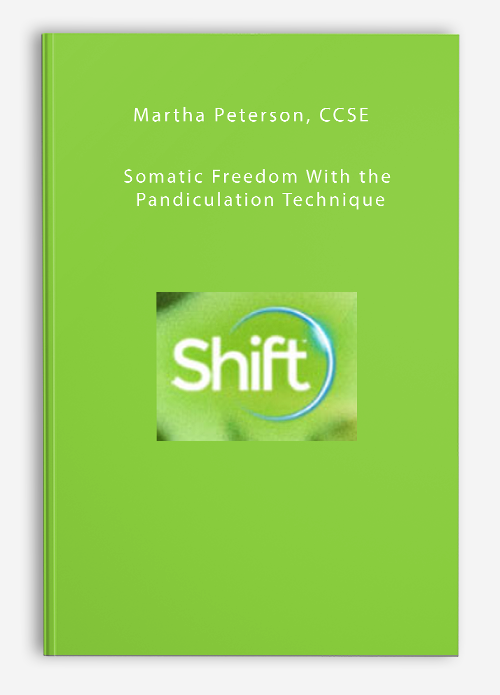
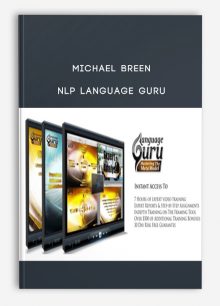

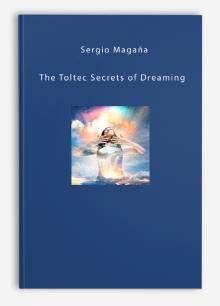
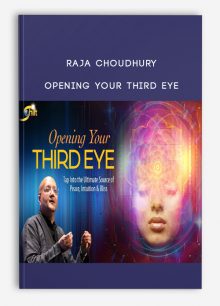
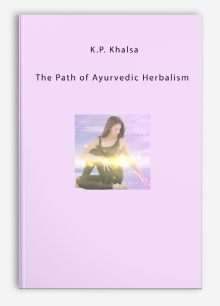
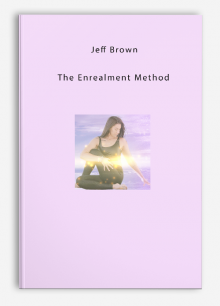
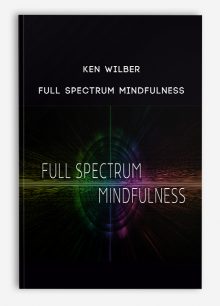
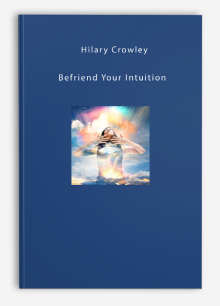
Reviews
There are no reviews yet.